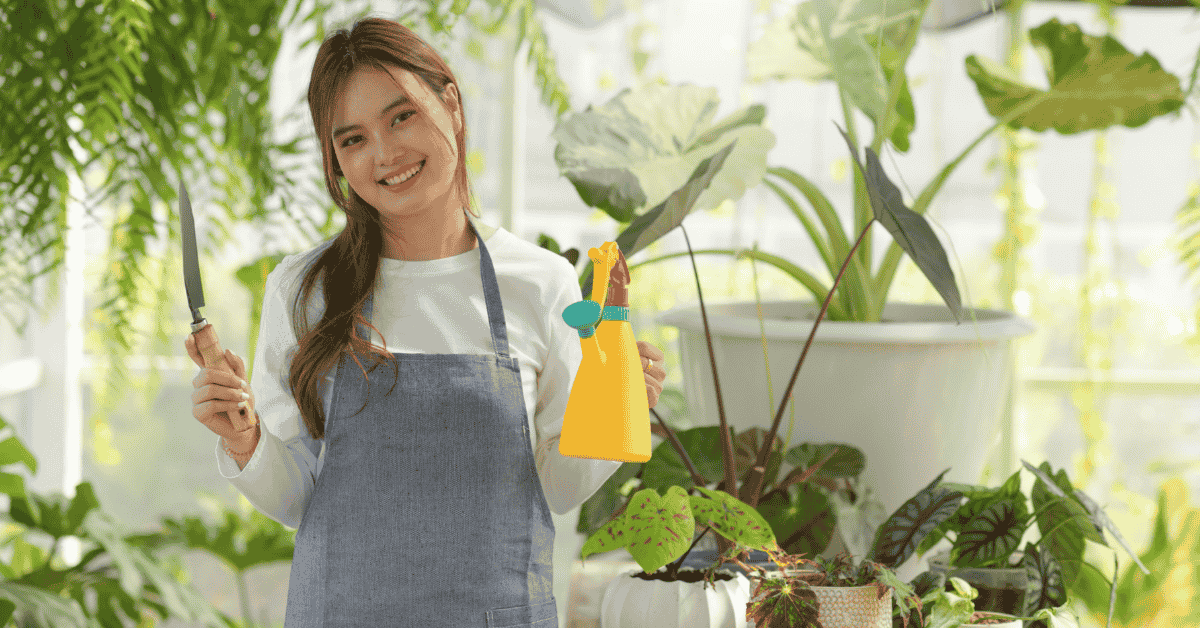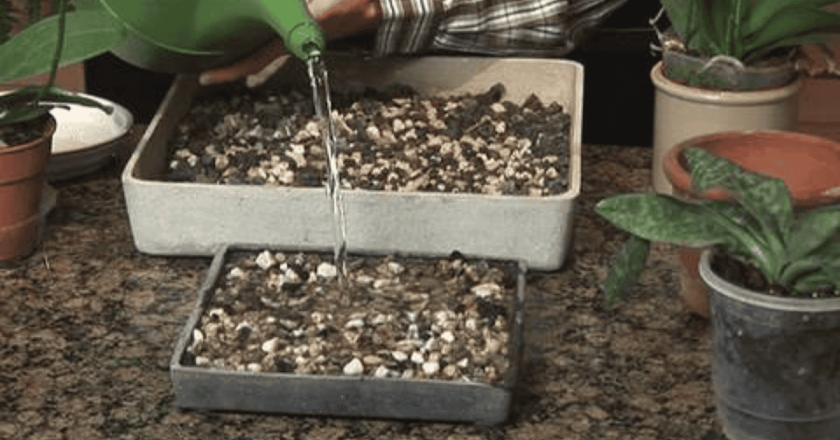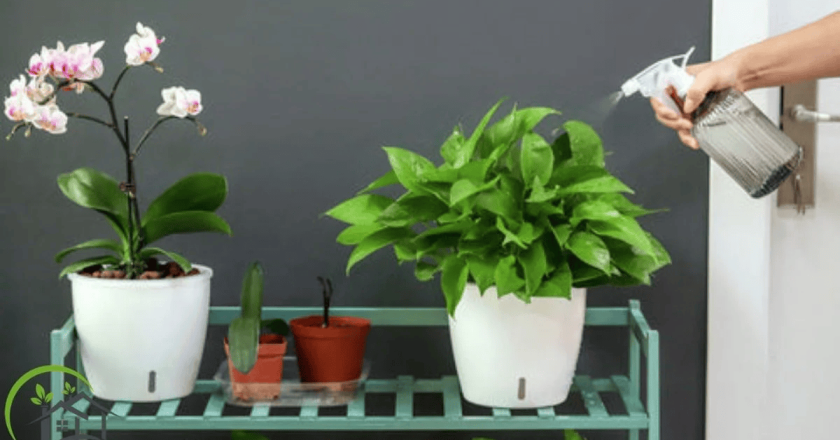When you think about summer evenings in the garden, it sounds almost perfect—fresh air, a soft breeze, maybe a drink in hand. But then reality crashes in: mosquitoes buzzing, flies landing on everything, and suddenly you’re waving your arms around more than actually relaxing. For decades, most people reached for sprays and coils, those familiar bottles of chemical repellents. They work, sure, but there’s a tradeoff. Strong smells, skin irritation, environmental concerns—it makes you wonder if nature itself already had answers we overlooked.
That’s where plants step in. And honestly, it feels almost poetic: the same earth that gives us bugs also provides us with the tools to keep bugs away. Certain plants carry natural oils and fragrances that insects just don’t like. The beauty is that they’re safer, greener, and, let’s be honest, a lot prettier sitting on your porch than a can of aerosol spray.
So, let’s take a thoughtful walk—maybe a meandering one—through the world of plants that act as a natural bug repellent, helping us rely less on chemical repellents and more on what already grows around us.
Why Avoid Chemical Repellents?
Before diving into the plants themselves, it’s worth pausing here. Why even bother looking for alternatives? After all, chemical repellents have been marketed as reliable and convenient. But convenience doesn’t always mean harmless.
Many insect sprays use DEET or permethrin. Yes, they can keep bugs away, but questions pop up—what happens when these chemicals seep into our soil, our water systems, or even our skin? Perhaps you’ve noticed a rash after using one, or maybe you’ve just disliked that lingering artificial smell. Some people shrug this off; others can’t.
The point isn’t to villainize every bottle on the store shelf. Instead, it’s to recognize there are gentler ways, eco-friendlier approaches—safe plants that double as decoration and as eco-friendly bug control. They’re not perfect, of course. No plant will erase every mosquito in your yard. But they offer balance. And balance feels closer to how nature intended things.
The Science Behind Plants That Repel Bugs
Insects are more sensitive than we sometimes realize. Their sense of smell is tuned to pick up on very specific chemical cues. What draws them in—like the carbon dioxide we exhale—can also push them away. Essential oils from plants such as citronella, peppermint, and lavender contain compounds that interfere with insect receptors. To us, they smell refreshing. To mosquitoes? Confusing or downright repulsive.
This natural chemistry is why many households today are turning toward natural pest control. It’s like creating a gentle shield around your home, without leaning too heavily on chemical repellents.
Top Plants That Keep Bugs Away Naturally
Here’s where it gets interesting. Below are some of the most effective plants to grow if you’d like to keep bugs away while enjoying a healthier, chemical-free environment. I’ll go one by one, but remember—sometimes it’s not about finding the single “magic plant.” Often, it’s layering a few together that really makes a difference.
1. Citronella Grass
Citronella is practically the poster child for a natural bug repellent. You’ve probably seen citronella candles sold everywhere. But growing the actual plant offers stronger results. Its lemony scent masks odors that attract mosquitoes. It thrives in pots or directly in the soil if your climate allows.
2. Lavender
It’s not just soothing for us—it’s unsettling for flies and moths. Imagine sitting outside and catching a gentle whiff of lavender while knowing it’s doing double duty as eco-friendly bug control. If you’re into indoor gardening, lavender pairs well with other calming plants, much like the Peace Lily, though the lily focuses more on air quality.
3. Basil
Not only is it a kitchen staple, but basil is excellent for repelling mosquitoes and houseflies. In fact, basil gives you a nice overlap of natural pest control and fresh herbs for cooking. Compare that to a shelf full of chemical repellents—the choice feels obvious.
4. Mint
A personal favorite. Mint spreads quickly (almost too quickly if you’re not careful), but that strong menthol fragrance acts like a wall to pests. Keeping a pot near doorways or windows can cut down on ants and mosquitoes. It’s somewhat similar to the way Snake Plants deter indoor pests like spider mites.
5. Marigolds
Bright, cheerful, and underrated. Marigolds emit a smell that mosquitoes and even some garden pests dislike. Gardeners often plant them alongside vegetables for that very reason. It’s one of the safest plants you can grow for eco-friendly bug control.
6. Rosemary
This herb is practical in so many ways. Roast potatoes, yes—but also burn a sprig, and the smoke itself works like a natural bug repellent. I once tried this on a camping trip; it wasn’t flawless, but it made a noticeable difference compared to doing nothing.
7. Lemongrass
Closely related to citronella, lemongrass gives off a sharp citrus fragrance. Not only mosquitoes but also some ticks find it intolerable. Just imagine that—sipping tea made from lemongrass leaves while enjoying a bug-free evening.
8. Chrysanthemums
These flowers contain pyrethrum, a natural insecticide. In fact, many store-bought chemical repellents are derived from this compound. But here, you get the pure, plant-based version.
9. Catnip
Yes, it drives cats wild, but mosquitoes? They absolutely hate it. Some studies suggest catnip oil may be even more effective than DEET in repelling certain species. It’s a fascinating reminder that plants often outdo chemical repellents in unexpected ways.
10. Eucalyptus
Tall, fragrant, and powerful. Eucalyptus oil is found in plenty of commercial sprays, but growing the plant gives you ongoing access. The cooling aroma doubles as a natural decongestant for humans.
Where to Place These Plants
It’s not just about what you plant, but where. For example, lining a patio with citronella and basil works better than tucking them in the far corner of your yard. Place mint in pots near entrances. Cluster lavender and rosemary near seating areas. Even indoors, small touches can matter—much like placing a Money Tree for good luck or a Christmas Cactus to brighten up a corner.
When you design with purpose, you’re not just decorating—you’re crafting a subtle defense system. It’s almost artful.
Indoor Bug Control With Plants
Bugs aren’t just an outdoor nuisance. Fruit flies, gnats, and even mosquitoes find their way inside. Certain plants help indoors, too. Lavender pots in bedrooms, mint on windowsills, rosemary near kitchens—all serve as part of natural pest control.
And if you’re trying to style your indoor space, it doesn’t hurt that many of these options look striking alongside décor favorites like oversized indoor plants or office plants. Its design and practicality are woven together.
Balancing Expectations
Here’s the thing: plants won’t create an impenetrable barrier. If you live in a swampy area buzzing with mosquitoes, you’ll probably need extra help. Some days, chemical repellents might still feel necessary, especially for long hikes or camping. But every time you swap them for basil, mint, or lavender at home, you reduce reliance. That’s meaningful.
Think of it as a spectrum. At one end: total dependence on store-bought chemical repellents. At the other, a garden thoughtfully designed for eco-friendly bug control. Most of us land somewhere in between. And that’s okay.
The Bigger Picture: Eco-Friendly Living
Choosing plants over chemical repellents is a small act, but small acts compound. They add up to a home that feels calmer, a lifestyle that feels more mindful. You’re not just keeping bugs away—you’re shaping an environment where the air feels cleaner, the garden feels alive, and the balance between humans and nature feels a little less tilted.
Besides, caring for plants connects you to rhythms bigger than yourself. Watching lavender bloom, mint spread, or basil sprout—it’s grounding. And grounding moments are rare these days.
Additional Plant Resources
If you’re interested in plants beyond pest control, you might explore:
- Best Low-Maintenance Outdoor Plants – for gardeners with busy schedules.
- Low Maintenance Indoor Plants – for anyone who loves greenery but forgets to water.
- Best Bathroom Plants – moisture-friendly species that thrive in humid environments.
Key Takeaways
- Plants like citronella, lavender, basil, and mint act as effective natural bug repellents without relying on chemical repellents.
- Using safe plants for eco-friendly bug control not only keeps pests away but also enhances your living space aesthetically.
- While chemical repellents may sometimes still be necessary, plants reduce dependency on them and provide long-term natural protection.
- Placement matters—positioning these plants near patios, doorways, or windows maximizes their pest-repelling power.
- Choosing plants for pest control contributes to a greener, healthier lifestyle while keeping bugs away naturally.
Final Thoughts
We’ve circled back to the starting point: those long summer evenings when bugs threaten to ruin the peace. You can keep reaching for chemical repellents, and sometimes you might. But now you also know that plants—humble, fragrant, living plants—can stand guard too.
Is it perfect? No. But it’s better. Better for you, better for your home, and better for the world you’ll leave behind. Maybe that’s all we really need from our gardens: a place where beauty and function blend, where the line between protection and peace is softened by leaves, petals, and a little bit of patience.
FAQs
1. Do plants completely replace chemical repellents?
Not entirely. They can reduce bugs, but in heavily infested areas, chemical repellents may still be necessary.
2. Which plant is the most effective natural bug repellent?
Citronella grass is highly effective, though combining basil, lavender, and mint often works better.
3. Can these plants be grown indoors to control bugs?
Yes. Lavender, mint, basil, and rosemary grow well indoors and help with natural pest control.
4. Are these bug-repelling plants safe for pets?
Most are safe, but some, like eucalyptus and catnip, may not be ideal for cats or dogs. Check plant safety before bringing them inside.
5. Do all these plants repel every kind of bug?
No. Each plant targets specific pests like mosquitoes, flies, or moths. Using a mix of plants improves coverage.




